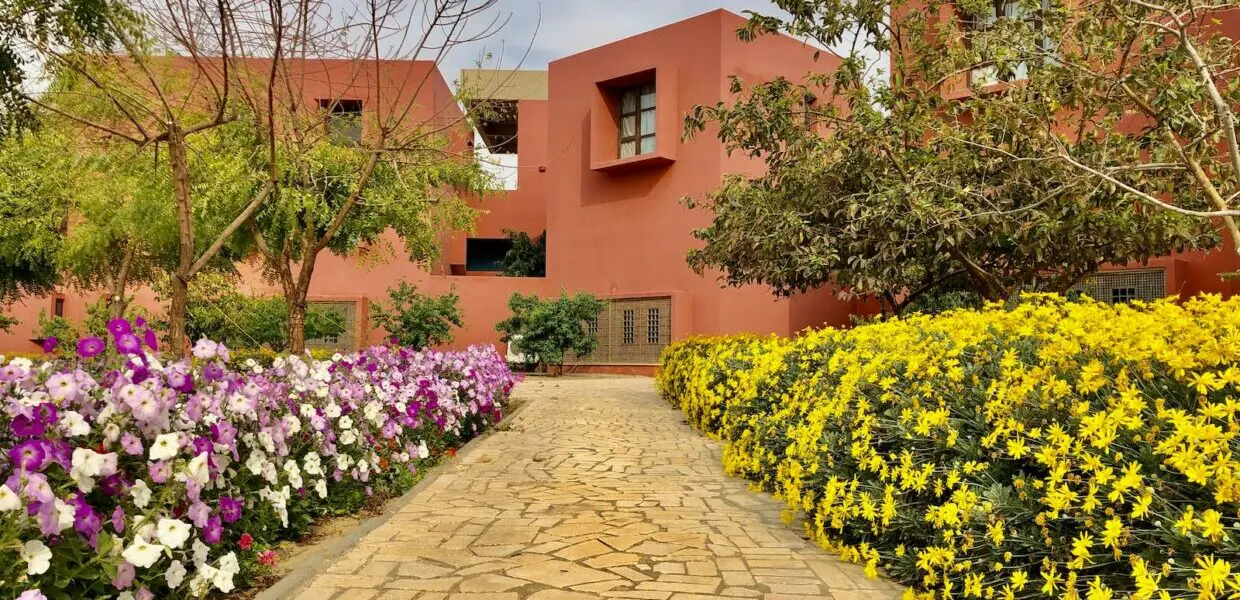
Griselinia and Air Quality: The Benefits of Planting in Urban Environments for New Zealand
The definition of ‘urban environment’ is an area where both humans and nature coexist, often characterized by tall buildings, high population density, and expansive concrete structures. Such conditions can negatively impact air quality, leading to problems such as increased smog levels and lower air quality indexes. However, the addition of Griselinia plants to urban environments in New Zealand can help improve the air quality while making cities and towns more attractive places to live or visit.
What is Griselinia?
Griselinia littoralis is a broadleaf evergreen native to New Zealand. It is known for its lush, dark green foliage and rapid growth rate. Additionally, Griselinia plants are salt-tolerant and require minimal maintenance once established in soil. They’re also resistant to drought, meaning they can withstand periods without rain or waterings without suffering damage. These characteristics make Griselinia a wise choice for urban landscaping projects that are intended to promote air quality improvements for their residents.
Improving Air Quality with Greenery
With its robust features, the hardy Griselinia plant has made itself into a New Zealand staple for use in green spaces near roadsides, parks, gardens, and other areas of public gathering. The foliage helps filter out pollutants from the air, allowing cleaner air to circulate around the city. Adding Griselinia to urban environments decreases smog concentrations by trapping airborne pollutants before they become too concentrated in enclosed spaces. The plants also generate oxygen which improves the overall air quality index within the local vicinity.
Furthermore, Griselinia has been proven to reduce noise pollution associated with construction projects or busy traffic intersections while providing an aesthetically pleasing visual backdrop at the same time. Arborists have documented the success rate of planted Griselinea in improving air quality while beautifying city landscapes with its dark-colored foliage that contrasts against white picket fences or brick walls so common in most urban areas.
Additional Benefits
Not only does planting Griselinia provide environmental benefits but improves mental health as well. Greenery has been proven to have calming effects on people who view it -> studies suggest that spending time outdoors among plants improves moods and reduces stress.. Furthermore, scientists concluded that participating in outdoor activities such as gardening increases cognitive performance due to natural light exposure from griselinia’s large leaves being exposed to full sun light-> having a garden nearby yields many physical and mental health benefits..
Research conducted by botanists has documented numerous advantages related specifically to planting Griselinia:
-
- Reduced Noise Pollution:
The foliage provides soundproofing properties by absorbing loud sounds while reducing noise levels within localized measurements.
-
- Increased Property Values:
Landscaped areas featuring Griselinia can increase property values by 80% depending on size of plot and surrounding area.
-
- Boosts Biodiversity:
Increases habitat numbers for birds and small mammals often found near large trees rendering them protected homes.
-
- Protected Species :
Native species like kiwi birds are preserved through planted terrariums created with Griselynas planted in them.
Additionally, research indicates adding greenery like planted griselyna shrubs in urban environments increases public perception of safety —-> As greenery develops around cities citizens feel more secure with their surroundings indicating safe zones for children and seniors.. A clearly landscaped area suggests inhabiting wildlife displaying signs of alertness when predators appear bringing communities closer together in harmony due to built trust relationships between citizens.
In conclusion, planting griselyna shrubs is highly beneficial not just environmentally but socially as well due to its superior aesthetic value amongst others providing a sense of security when surrounded by nature’s beauty instead of industrialized buildings made out of steel and concrete isolating people one another generating feelings of loneliness amongst residents living within urban areas located throughout New Zealand. Adding Griselynas will help improve current air quality trends while decreasing noise pollution levels making cities more appealing place for inhabitants resulting in healthier lifestyles overall leading better outcomes .



